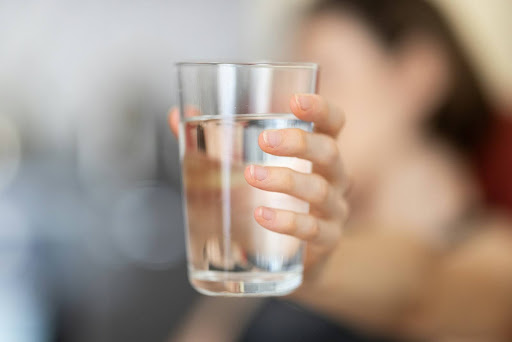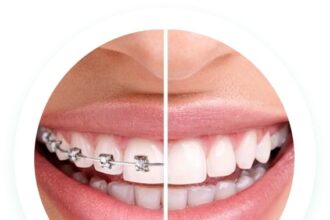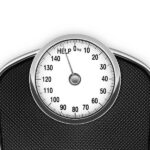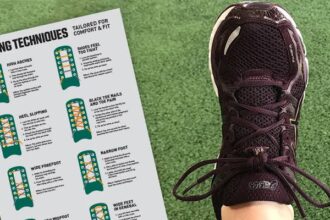Water comprises approximately 60% of body weight and plays crucial roles in temperature regulation, nutrient transport, and waste removal. During exercise, even mild dehydration of 2% body weight can reduce performance by 10-15%. This decline manifests as decreased endurance, reduced strength, impaired cognitive function, and increased perceived exertion.
The body’s cooling system relies heavily on proper hydration. As core temperature rises during exercise, blood flow redirects to the skin for cooling through sweating. Insufficient fluid levels force the cardiovascular system to work harder, leading to earlier fatigue and reduced performance capacity.
Dehydration also affects muscle function directly. Water helps maintain proper muscle contraction and coordination. When fluid levels drop, muscles become more prone to cramping, stiffness, and injury.
Pre-Exercise Hydration Strategies
According to workout specialists, optimal hydration begins hours before exercise starts. The goal is to begin activity in a well-hydrated state without causing discomfort from excessive fluid intake.
- Consume 16-24 ounces of fluid 2-3 hours before exercise to allow proper absorption and kidney regulation.
- Drink an additional 8-10 ounces 15-20 minutes before activity begins.
- Focus on water for activities lasting less than 60 minutes.
- For longer-duration activities, drinks containing small amounts of sodium and carbohydrates can enhance fluid retention.
- Avoid excessive caffeine or alcohol, which have diuretic effects that can impair hydration status.
Individual factors like body size, sweat rate, environmental conditions, and exercise intensity all affect fluid requirements. Athletes who sweat heavily or exercise in hot conditions may need additional pre-exercise fluid intake.
During-Exercise Hydration Guidelines
Maintaining fluid balance during exercise requires strategic timing and appropriate fluid selection. The primary goal is to prevent excessive dehydration while avoiding overhydration.
- For activities lasting less than 60 minutes, water alone typically suffices.
- Consume 6-8 ounces every 15-20 minutes during exercise, adjusting based on sweat rate and environmental conditions.
- For longer duration activities exceeding 60-90 minutes, sports drinks containing 4-8% carbohydrates and electrolytes become beneficial.
- Time fluid intake during natural breaks or less intense periods when possible.
- Drinking during high-intensity efforts can cause gastrointestinal discomfort and interfere with breathing patterns.

Environmental conditions significantly impact hydration needs during exercise. Hot, humid conditions increase sweat rates and fluid requirements. Cold weather can suppress thirst sensation, leading to inadequate fluid intake despite continued losses.
Post-Exercise Recovery Hydration
The recovery period presents a critical window for restoring optimal hydration status. Proper post-exercise hydration supports muscle recovery, waste removal, and preparation for subsequent training sessions.
- Begin hydration within 15-30 minutes of activity completion to take advantage of enhanced blood flow.
- For every pound of body weight lost during exercise, consume 16-24 ounces of fluid.
- Water alone works for shorter activities, while longer sessions benefit from drinks containing electrolytes and carbohydrates.
- Continue recovery hydration for several hours post-exercise, as complete rehydration often takes 4-6 hours.
- Monitor urine color as a simple indicator of hydration status – pale yellow indicates adequate hydration.
Electrolyte Balance and Timing
Electrolytes, particularly sodium and potassium, play crucial roles in fluid balance and muscle function. The timing of electrolyte replacement affects how efficiently the body retains and utilizes consumed fluids.
Sodium losses through sweat vary widely among individuals, ranging from 200-2000mg per hour of exercise. Heavy sweaters or those exercising in hot conditions may need targeted sodium replacement to maintain proper fluid balance. Sports drinks typically contain 100-200mg of sodium per 8-ounce serving.
Potassium supports muscle and nerve function but is lost in smaller quantities through sweat. Foods like bananas, oranges, and potatoes provide natural potassium sources for recovery. The timing of potassium replacement is less critical than sodium, but including it in post-exercise meals supports overall recovery.
Individual Hydration Strategies
Developing personalized hydration strategies requires understanding individual sweat rates, fluid preferences, and tolerance levels. Sweat rate testing involves weighing before and after exercise to determine personal fluid loss rates under different conditions.
- Conduct sweat rate tests under various environmental conditions and exercise intensities.
- Experiment with different volumes and timing during training to identify personal preferences.
- Consider gastrointestinal tolerance, as some people can consume large volumes during exercise while others experience discomfort.
- Choose fluids based on personal preferences – the best hydration strategy is one that individuals will actually follow consistently.
Common Hydration Timing Mistakes
Many athletes make timing errors that compromise hydration effectiveness. Waiting until thirsty during exercise often indicates dehydration has already begun, as thirst is a delayed response to fluid loss.
Consuming excessive fluids immediately before exercise can cause gastrointestinal discomfort and frequent urination needs. Post-exercise mistakes include consuming only water after long or intense activities, which can dilute blood sodium levels and impair fluid retention.
Environmental Considerations
Environmental conditions dramatically affect hydration timing and requirements. Hot, humid conditions increase sweat rates and shift emphasis toward more frequent fluid intake and electrolyte replacement. Cold weather presents unique challenges because reduced thirst sensation can lead to inadequate fluid intake.
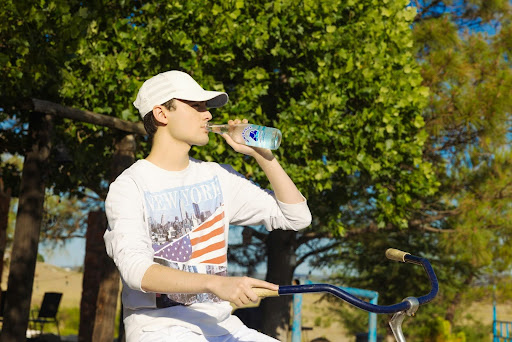
Altitude affects hydration needs through increased respiratory rate and altered kidney function. Air travel and different time zones can disrupt normal hydration patterns due to low cabin humidity and jet lag effects.
Practical Implementation
Successful hydration timing requires planning and consistent execution. Create specific hydration schedules for different types of activities, environmental conditions, and personal preferences. Use technology tools like smartphone apps or alarms to remind about hydration timing during long training sessions.
Practice hydration strategies during training rather than trying new approaches during important competitions. Monitor hydration status through simple indicators like urine color, body weight changes, and subjective feelings of thirst or fatigue.
Proper hydration timing represents a fundamental aspect of athletic performance and recovery. By understanding when and how much to drink, athletes can optimize their fluid intake strategies to support peak performance and faster recovery through personalized approaches based on individual needs and activity demands.


